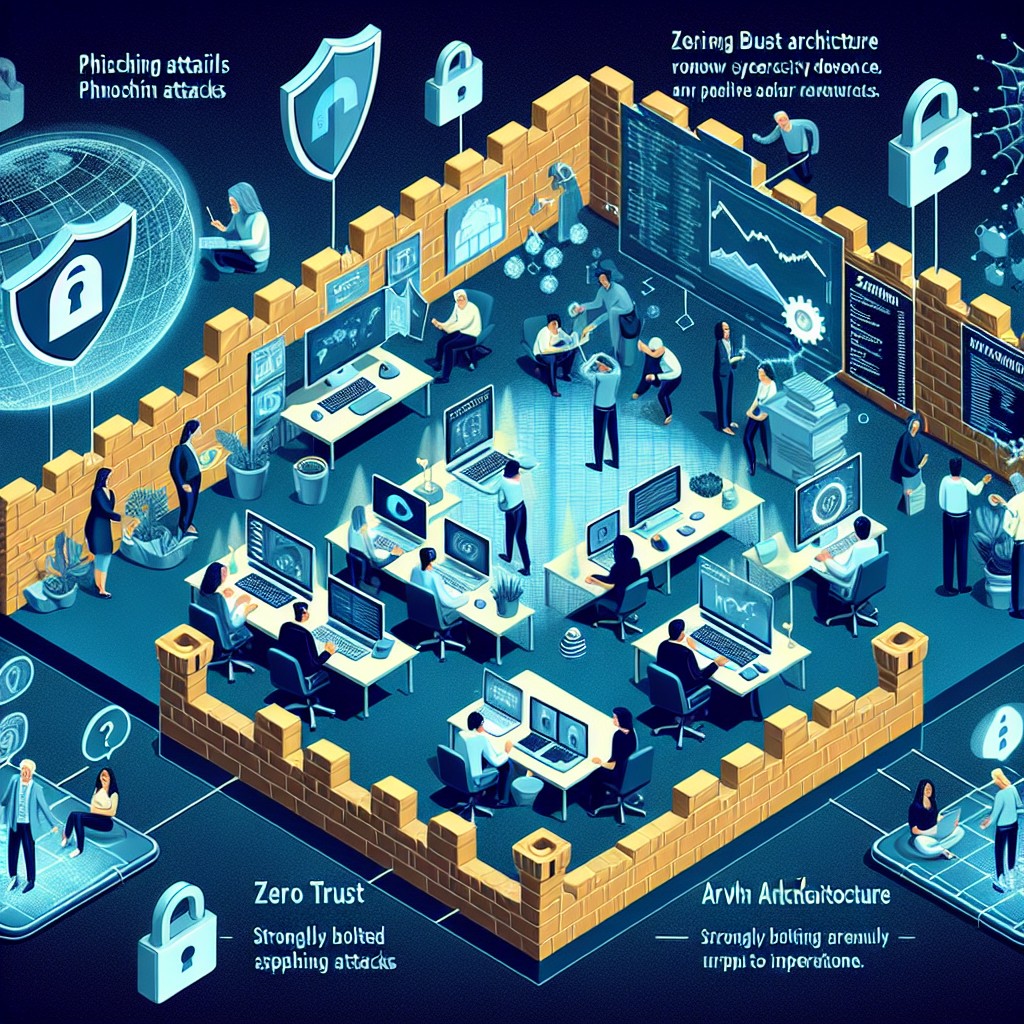Remote work has redefined the modern workplace, offering flexibility and efficiency. Nevertheless, it comes with significant cybersecurity challenges. Recently, cyber threats targeting remote infrastructure have surged, prompting heightened attention to robust cybersecurity strategies.
The shift toward remote work has inadvertently expanded the threat landscape. Employees access corporate systems from diverse locations, often using personal devices. This distributed work environment is a fertile ground for cybercriminals aiming to exploit vulnerabilities. Recent data breaches have highlighted the pressing need for comprehensive measures to protect sensitive information.
One notable trend is the increase in phishing attacks directed at remote workers. Cybercriminals craft sophisticated phishing emails to deceive recipients into revealing credentials or clicking on malicious links. The remote setup often blurs the line between personal and professional communications, making users more susceptible to such attacks.
Moreover, Virtual Private Networks (VPNs), a cornerstone for secure remote access, are not immune to threats. Cyber adversaries have been actively seeking vulnerabilities in VPN software to infiltrate corporate networks. It underscores the importance of deploying up-to-date VPN solutions and implementing multi-factor authentication (MFA) to enhance security layers.
In the realm of cybersecurity strategies, Zero Trust Architecture (ZTA) is gaining prominence. ZTA operates on the principle that trust is never implicit, even for users within the network perimeter. By enforcing strict verification processes at every access point, companies can significantly reduce the risk of unauthorized access.
Training and awareness programs for employees remain a crucial element in combating cybersecurity threats. In many cases, human error is a significant vulnerability. Regular training sessions can help employees recognize potential threats, ensuring that security protocols are adhered to diligently.
One remarkable success story is that of a mid-sized technology firm that employed a combination of stringent ZTA protocols and comprehensive employee training programs. The firm reported a 60% decrease in cybersecurity incidents post-implementation, showcasing the effectiveness of proactive measures.
Achieving fortified cybersecurity in a remote work environment requires concerted efforts across all organizational levels. With evolving threats, businesses must remain vigilant, continuously adapting their strategies to safeguard their digital assets.
Estimated reading time: 1 minute, 48 seconds
Strengthening Remote Work Cybersecurity: Combating Emerging Threats Featured
 Discover how to combat cybersecurity threats targeting remote work infrastructure by adopting proactive strategies such as Zero Trust Architecture and employee training.
Discover how to combat cybersecurity threats targeting remote work infrastructure by adopting proactive strategies such as Zero Trust Architecture and employee training.
Latest from Security Tech Brief
- The Rising Threat of Phishing in Cybersecurity: A Call to Action for Businesses
- The Rise of Zero-Day Vulnerabilities: A New Wave of Cybersecurity Challenges
- Navigating the New Wave of Cyber Threats: Key Strategies for Businesses
- The Rise of Zero-Trust Architecture in Modern Enterprises
- The Rise of Advanced Threat Detection in Cybersecurity
Most Read
-

-
Jan 30 2020
-
Written by Security Tech Brief Staff
-
-

-
Jan 25 2019
-
Written by Security Tech Brief Staff
-
-

-
May 27 2019
-
Written by Security Tech Brief Staff
-
-

-
Jun 01 2019
-
Written by Security Tech Brief Staff
-














